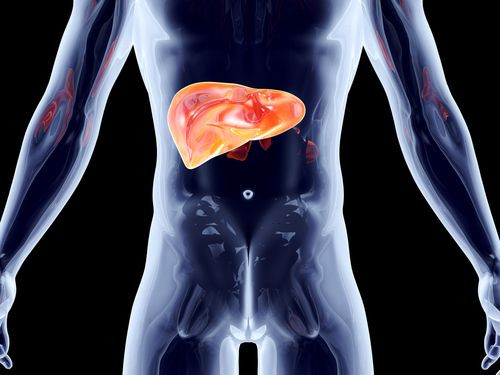Will New Hepatitis C Guidelines From WHO Help Make Sovaldi And Other New Drugs More Affordable?

Many believe that Gilead Science’s Sovaldi, a once-a-day hepatitis C drug, ushers in a new era for treatment of this chronic illness. Yet they also believe the drug is much too expensive. Now, the World Health Organization (WHO) has joined the chorus instigating for a lower price via its new guidelines for treatment of the disease, issued today. “Hepatitis C treatment is currently unaffordable to most patients in need,” said Dr. Peter Beyer, senior advisor for the Essential Medicines and Health Products Department at WHO. Hepatitis C, which causes liver cirrhosis and liver cancer, has in recent years surpassed HIV/AIDS as a cause of death.
Sovaldi costs $1,000-a-pill (or $84,000 for a total course of treatment per patient) in the U.S., where chronic hepatitis C affects an estimated four million people, mostly those born during the boom years of 1945-1965. Worldwide WHO officials estimate 130 to 150 million people have Hep C, as it is informally known. Yet Gilead’s pricing system for Sovaldi is tiered and based on a country's per capita gross national income.
In the UK, for example, Sovaldi sells for about $57,000 per full treatment cycle; in Germany, around $66,000; and in Egypt, which has the highest prevalence of the virus, about $900 — just one percent of the U.S. cost. When compared to the $100,000 yearly cost reported by Forbes for Incivek, a protease inhibitor from Vertex Pharmaceuticals used for treating Hep C, Sovaldi is a bargain especially when examined from the perspective of total cure costs. Yet unlike Gilead's drug, Incivek has been reimbursed without question.
Prior to Sovaldi, which was approved for use in the U.S. this past December, standard treatment for Hep C involved up to 48 weeks of drug therapy causing side effects found to be intolerable by many patients. In comparison, Sovaldi used in combination with other therapies has a higher cure rate — 90 percent compared to 65 percent to 75 percent rates for other regimens — plus an exceedingly shorter 12-week course of therapy. The drug also works on a wider range of patients, including those whose infections reappear after an original treatment. On first glance, Sovaldi was a breakthrough… until one inspected the price tag. Its $1,000-a-pill cost spurred American insurance companies to balk at covering the cost, in turn inciting protests from the U.S. Congress.
“Because Hepatitis C is ‘concentrated in low-income, minority patients,’ the affordability problems are likely to be particularly acute for state Medicaid programs and those patients served by these programs,” wrote Congress in a letter to Gilead. Generally, pharmaceutical companies argue that their often high prices are necessary to cover the total cost of development, which includes all of the many drugs that fail to gain approval. Industry analysts commonly quote the cost as somewhere between $800 million and $1 billion for a new drug.
“The challenge now is to ensure that everyone who needs these drugs can access them,” Beyer stated in a press release. “Experience has shown that a multi-pronged strategy is required to improve access to treatment, including creating demand for treatment. The development of WHO guidelines is a key step in this process.” Expected demand for Sovaldi, reported in Reuters, should amount to annual sales of $9.1 billion for Sovaldi by 2017. (Sovaldi is the front-runner of a race with other new hepatitis C drugs from other companies.) "I hope these guidelines will help to promote a reduction in price and thereby an increase in access," Stefan Wiktor, who leads the WHO hepatitis program, told Reuters.
Meanwhile, 350,000 to 500,000 people are dying each year from liver diseases caused by Hepatitis C, a bloodborne virus most commonly transmitted through needles used for injecting drugs; reuse or inadequate sterilization of medical equipment in health care settings; transfusion of unscreened blood and blood products (in some areas of the world); and, much more rarely, sexual transmission. Nearly 80 percent of people do not exhibit any symptoms following initial infection, according to the new guidelines from WHO.



























